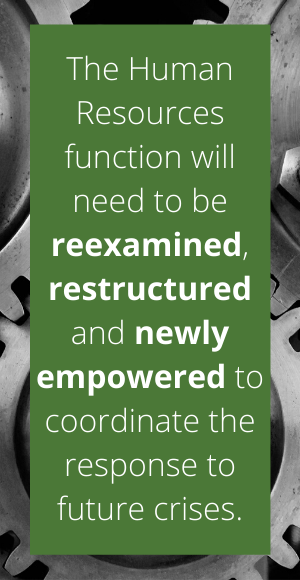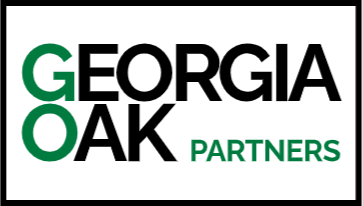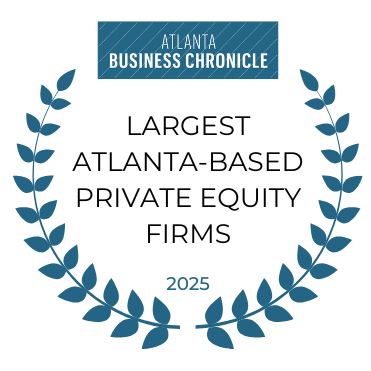Insights
NEW FEATURES BY DATE
List of Services
-
6/6/2025 How to Position Your Brand for Acquisition: A Marketing Playbook for Sellers6/6/2025
-
4/16/2025 Cultivating a Culture of Accountability and Empowerment4/16/2025
-
1/1/2025 Case Study: Preserving Legacy While Driving Growth through Minority Deals1/1/2025
-
5/20/2024 Georgia Oak Associate Job Description5/20/2024
-
3/4/2024 1851 Franchise: "Private Equity and Sports: The MVP Playbook"3/4/2024
-
9/21/2023 (Atlanta Business Chronicle) Atlanta Braves legend joins Georgia Oak Partners9/21/2023
-
4/11/2022 Can You Raise Prices in This Market? If Not, When?4/11/2022
-
12/18/2021 Putting People First12/18/2021
-
6/30/2021 Staffing Industry Insights6/30/2021
-
3/18/2021 Remote Work: A Permanent Part of Every Industry3/18/2021
-
2/4/2021 A Year of Growth: Focusing on Human Capital in 20212/4/2021
-
8/27/2020 COVID-19 Leadership with Page Siplon, CEO of TeamOne Logistics8/27/2020
-
8/27/2020 Culture Shifts During COVID-19 and Beyond8/27/2020
-
7/23/2020 Miked Up: Organizational Diversity - Volume 2, Part 17/23/2020
-
7/23/2020 Georgia & National Labor Market Trends: A Look at Six Key Industries7/23/2020
-
6/16/2020 Harnessing the Power of Technology6/16/2020
-
6/16/2020 Virtual Communication in Uncertain Times6/16/2020
-
5/27/2020 Miked Up: Volume 1, Part 15/27/2020
-
5/6/2020 Navigating the New Normal5/6/2020
-
5/6/2020 The Front Lines of Business Continuity5/6/2020
-
1/8/2020 Build Successful Teams with These 5 Elements1/8/2020
-
9/7/2018 Recruiting and Retaining Manufacturing Talent9/7/2018
-
6/5/2019 Minority vs. Majority Deals6/5/2019
-
3/1/2019 Video Case Study: Sailfish Boats3/1/2019
-
11/28/2018 What Is Your Legacy?11/28/2018
-
4/5/2018 Navigating the Sale Process: From LOI to Post-Close4/5/2018
-
10/18/2016 Selling to Your Management Team10/18/2016
-
7/25/2025 Scaling with Intention: Growth Lessons from the Front Lines7/25/2025
The Front Lines of Business Continuity
At the Forefront of Crisis
In organizations large and small, the COVID-19 pandemic has brought human resources to the forefront, highlighting the essential need for the HR function in times of crisis.
For every headline highlighting the nationwide shutdown and its impact on the economy, there is an HR professional working at a frenetic pace to keep businesses going: pulling out crisis and business continuity plans, arranging remote workplaces and managing those employees unable to telework, updating childcare and leave policies to reflect the new reality of closed schools and shelter-in-place orders, responding to ever-changing guidance from the CDC, as well as state and federal leaders.
In collaboration with functions such as IT and facilities, HR professionals have been leading the way forward through the human aspect of the crisis. Their focus has been not merely on compliance and productivity, but also the health and wellbeing of each person in the organization. Never has the critical importance of taking care of employees been clearer.
 Preparing for a Return to the Workplace
Preparing for a Return to the Workplace
As we move into the next phase of the pandemic response—preparing to reopen workplaces and navigate the new normal of business—it won’t be as simple as unlocking the doors and flipping on the lights. There will be new guidelines and regulations to follow, procedures to rewrite, entire systems to reconsider and revamp. Now more than ever, businesses need someone at the helm of HR to recognize changing needs, create new policies, and disseminate information and training across the new landscape of the workplace.
According to talent industry analyst Josh Bersin, this means the HR function is due for an update—structurally and culturally.*
“Historically, we designed HR to be a low cost, high value service function: one that understands employee needs, responds quickly, and delivers services at scale,” Bersin writes in his blog. “This is not the optimum model in a crisis. We need to distribute authority fast, make sure responsible owners have strong capabilities and experience, and coordinate the response. A very different design.”
The human resources function will need to be reexamined, restructured and newly empowered to coordinate the response to future crises, as well as guide the new reality of work after COVID-19.
CHANGES WE ALREADY SEE
When employees return to the workplace in the coming months, they’ll be walking into a much-changed environment with a new set of rules. Everyday HR practices will change—from seating arrangements to remote work to travel—and with those changes will come new policies and approaches.
Many of these changes are already happening. Here’s what we’ve been seeing in our network:
PEOPLE MANAGEMENT
The COVID-19 crisis has not only sped up the paradigm shift toward working from home, but it has also led to many tough conversations as companies face layoffs, furloughs and closures.
While managing the distribution of employees and having hard conversations, HR leaders are also establishing new policies and procedures to allow for office re-openings and to ultimately ensure that employees remain engaged, informed and protected.
 HIRING PRACTICES
HIRING PRACTICES
Without the limitations of physical boundaries, hiring managers are tapping into a geographically and ethnically diverse talent pool. This will mean an increased need for inclusion, diversity programming and communication protocols.
We see a surge in skills-based hiring as companies outsource routine tasks to machines. The human workforce will focus more on creativity, critical thinking and innovation--which means applicant's skills may become more important than their pedigree.
 EMPLOYEE NEEDS & EXPECTATIONS
EMPLOYEE NEEDS & EXPECTATIONS
The new workplace requires a holistic approach, with consideration for employees’ financial, mental and physical well-being. Employees re-entering the workplace or moving to a permanent telecommuting position will prioritize different needs and employee benefits than before, and they'll expect their company to comply.
This shift in employee expectations has led to re-tooling health and safety policies; offering flexible hours, paid sick leave, and remote work options; and providing hazard or premium pay for high-risk periods and positions.
STEPS TO MOVE FORWARD
We’ll see these changes and many more; every industry will be impacted differently. Strategies in place prior to this year will be significantly adjusted or retooled completely. Here are some key places to start:
- Invest in and empower the HR function of your business to prepare for short- and long-term shifts in the way we work
- Develop a “re-entry plan” to provide transparency and guidance in a time of uncertainty
- Be empathetic and patient with employees’ anxiety about their health, families, and finances
- Create and disseminate health and safety protocols for operations, training, and teamwork. Follow up with signage, training and reinforcement
- Ensure your business has updated, efficient communication channels to disseminate information to employees
- Host pre-return training or re-orientation for staff upon return
- Stay flexible as the workplace and the surrounding environment continue to evolve and change
MEETING THE CHALLENGE
We can’t overstate the importance of focusing on people as we enter the post-pandemic world. Reestablishing a workplace where employees feel comfortable and safe is a complex challenge, but crucial to the survival of your business.
Providing flexibility, resources and clear policies will give your team the tools they need to thrive in the new world of work.
*Resiliency in Organizations: https://joshbersin.com/2020/04/can-we-make-our-organizations-resilient-and-make-society-resilient-as-a-result/
At Georgia Oak, we’re committed to enhancing your business and helping founders grow their legacies
to their fullest potential. If you find we’re a good fit for your next step, please reach out to us.



